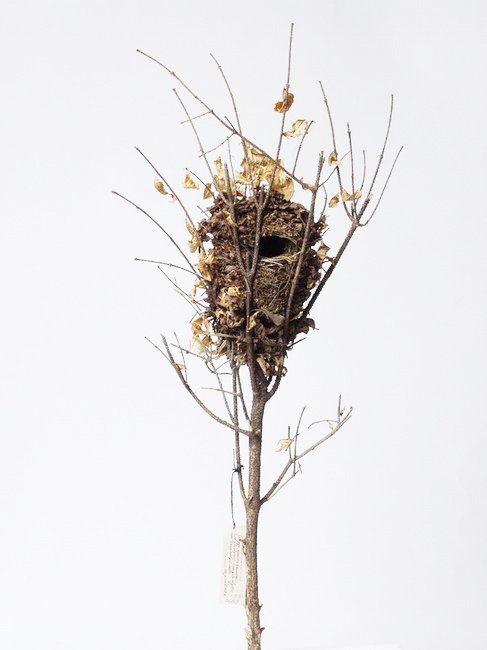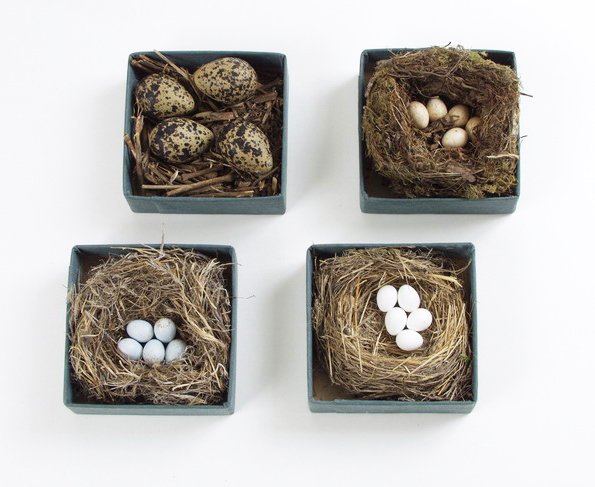Bird egg and nest collections
Curator:
Igor Fadeev
7 119 nests, clutches, and individual eggs. First clutches of eggs were
bought by Alexander Kohts in 1913 from European trading companies, including
nests and clutches with cuckoo eggs, illustrating the phenomenon of nest
parasitism and the evolution of nest-building skills. The oldest specimens date
back to the 1870s. In the 1920s, a private collection of bird eggs was donated
to the museum. Unfortunately, it was poorly labeled. Nevertheless, it represents
almost the entire European Avian fauna. Later, a collection of bird nests collected
by Sc.D. Maria Sadovnikova-Koltsova, including a series of nests of African
weavers at different stages of weaving, completed the museum’s collection.
The collection holds samples from:
- Australia
- Argentina
- Brazil
- Venezuela
- Colombia
- Costa Rica
- Peru
- India
- Western Europe
Yet the majority of
specimens come from Russia and the former Soviet republics.
Of particular value
is the egg of the extinct Madagascar ostrich-like Elephant bird, a member of
the extinct ratite family Aepyornithidae. It was made up of fragments of a
genuine shell, donated to the museum in 1999 by Moscow Mayor Yury Luzhkov.
No less interesting is
a series of eggs of various breeds of poultry, primarily chicken and goose.
Today the collection
is regularly replenished by specimens from private collections as well as those
collected by the Museum’s employees.

The nest of a long-tailed
tit (Aegithalos caudatus L.).

Nests and clutches. The upper left is of the northern
lapwing (Vanellus vanellus L.), the upper right is of the European robin (Erithacus
rubecula L.), the lower left is of the common redstart (Phoenicurus phoenicurus
L.), and the lower right is of the northern wheatear (Oenanthe oenanthe L.).








